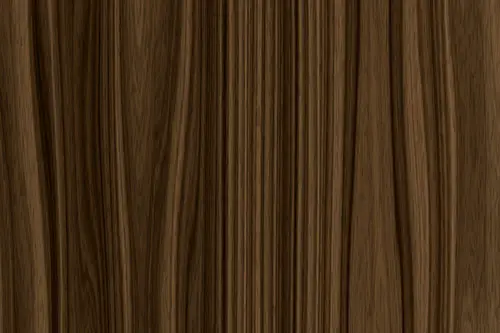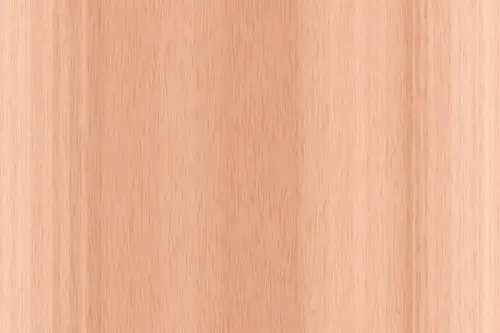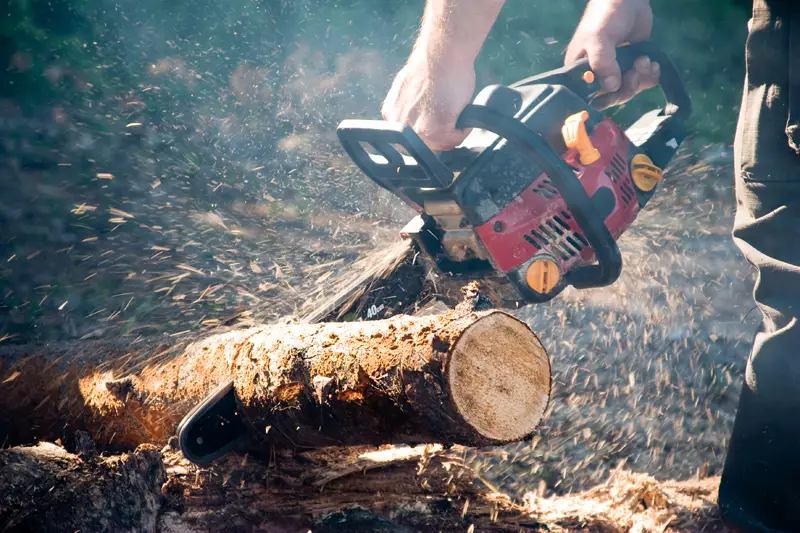Wood is one of the most common materials used in constructing bed frames and head and footboards. It could be mainly because of its appearance, as wood combines vintage styles, class, and adaptability to several different room decors.
Maybe it’s because wood is typically low-maintenance. Wooden bed frames are easy to clean and fix if they break, get splinters, or have holes in their surface.
Some people like wooden frames simply because they are more durable and give people great value for their money. But to choose the best bed frame, let’s see which are the most popular types of wood used in their construction.
The first thing you should know before diving into this brief guide is that different types of wood have distinctive grain structures, which makes them more or less malleable and suitable for constructing bed frames.
Depending on the type of wood discussed, it may have holes or open pores, while others have dark to light colors and shades.
Types of Wood for Bed Frame
There are two main categories as far as this material is concerned: hardwood and softwood. Counterintuitively, this has nothing to do with the actual hardness of a type of wood.
1. Hardwood
A. Maple
Maple is among the top candidates for some of the best furniture woods. It makes an exceptional wood for bed frames, as it is very solid and durable and doesn’t wear or shrink.

Carving maple is difficult, but it can be dyed for decorative purposes. Maple is also available in softer forms from red or silver maple trees.
B. Cherry
Considered the finest fruitwood, cherry is commonly used for its durability and beautiful reddish brown color.

Resistant to shrinking, swelling, and warping, cherry wood can be used to make solid bed frames, but it can easily be carved into beautiful embellishments for your headboard.
C. Birch
Birch is another wood type generally used to create bed frames.

It isn’t easy to shape it to create the most intricate details, making it more suitable for simple and contemporary lines (including bed slats).
D. Mahogany
There are many reasons why mahogany is an excellent choice for bed frames: decay-resistant, stable, and durable.

It’s commonly used in the wooden furniture industry, as it’s easy to carve and makes some of the finest cabinetry. Colors will vary from reddish brown to tan.
E. Oak
Oak is known for being extremely moisture resistant, which means that if you live in an area with high humidity levels, you will need a bed frame made from something as resistant as oak.

Another reason oak is popular in bed frame manufacturing is its ability to withstand insect and fungal attacks.
F. Walnut
Walnuts can easily be polished to a smooth finish, suitable for bed frames, headboards, and footboards.

It is dense and tight-grained but extremely resistant to swelling and wear.
G. Popular
Being one of the most popular types of wood used to construct bed frames. It often has a light tan shade.
Although it is considered one of the weakest types of hardwood, it is still more durable and resistant to shrinkage than most softwoods.
2. Softwood
They are the cheaper version of the two categories but also easier to work with. Here are the main types of softwood typically used in creating bed frames.
A. White Pine
This type of wood is the perfect example of how durability is often sacrificed in the face of availability. While white pine is readily available and easy to work with, it’s also likely to swell and shrink.
Because of its softness, it easily wears out.
B. Yellow Pine
Because of its grainy composition, yellow pine is typically avoided when materials need to be exposed.
It’s available in shades of tan, orange, and yellow but is often overlooked because it doesn’t finish well.
C. Cedar
Cedar is a natural moth-repellent wood commonly used for decorative panels. Its shades vary from brown to white. Cedar is also a wood typically used in outdoor furniture manufacturing.

We don’t recommend bed frames made from cedar because they are very soft and don’t provide the durability needed from a furniture structure meant to support this much weight.
D. Fir
Fir is characterized by a pronounced grain and a reddish-brown color. Because it’s inexpensive, some manufacturers use it in furniture construction.
That’s because it’s surprisingly strong for a softwood.
Conclusion
The best wood for bed frame construction is pretty divided. Being more durable, hardwood is often preferred, but a lot of bed manufacturers
choose the most inexpensive and soft version of all hardwoods: poplar. Machines can easily manipulate this particular type of wood, and it’s inexpensive to produce.
Some manufacturers opt for polar as the secondary wood used in furniture, concealing it in the unexposed parts of the pieces.
Others will argue that oak is the best wood for bed frames, as it has amazing properties. Aside from its overall durability, oak can resist moist and insect attacks, the strongest combo you’ll ever get from indoor wood use.
Since most of your bed frame is left unexposed, looks aren’t that important, but durability is. However, people opt for wood, such as maple, for the exposed parts.
Fans of brown wood are more attracted to walnuts, while people who prefer reddish-brown colors often go for cherry or mahogany.


